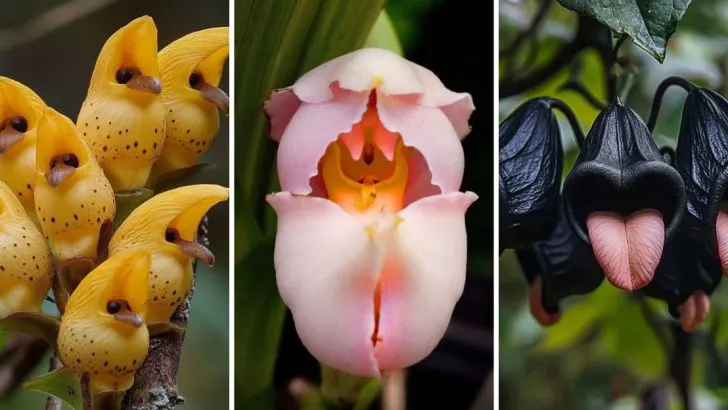Nature never ceases to amaze, and bird-shaped flowers are a perfect example of its whimsical creativity. These stunning blooms resemble tiny feathered friends, bringing a touch of charm and wonder to any garden.
From the delicate dove orchid to the striking parrot flower, these seven bird-shaped flowers are not only beautiful but also a testament to the artistry of nature. Whether you’re a plant enthusiast or simply looking for a unique addition to your garden, these incredible flowers will captivate your imagination and spark endless curiosity.
Parrot Flower (Impatiens psittacina)
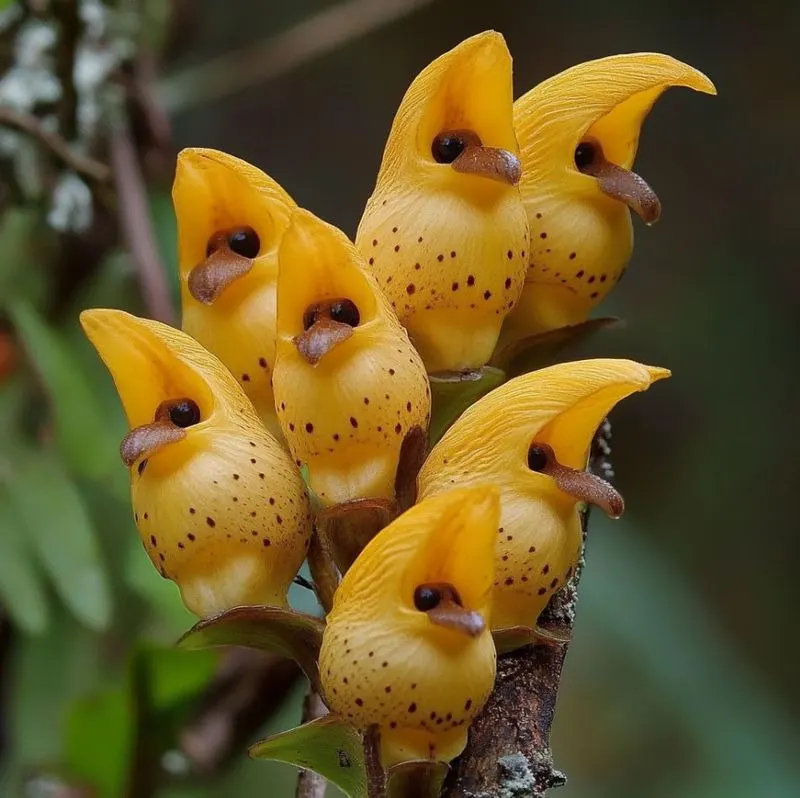
Imagine a flower that could pass for a parrot in disguise. The Parrot Flower is exactly that, displaying vivid reds and purples. Its petals mimic the wings and beak of a parrot, making it a rare sight outside its native Thai forests. Although challenging to cultivate, this floral gem rewards with its striking appearance. Growing conditions require specific humidity and temperature, contributing to its rarity. If you’re fortunate enough to witness one, its charm is undeniable. Enthusiasts often seek this flower for its unique allure, adding an exotic touch to botanical collections.
Dove Orchid (Peristeria elata)
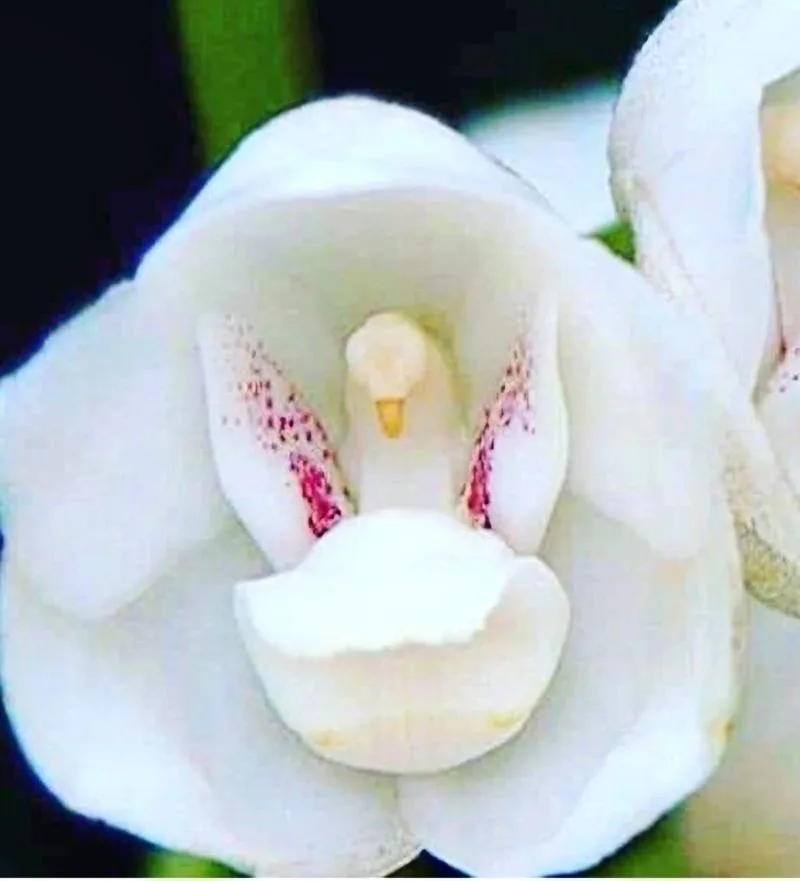
Orchids are known for their elegance, but the Dove Orchid takes it a step further. Nestled within its petals is a formation reminiscent of a tiny dove. This flower’s serene beauty matches its namesake, emanating peace and purity. Native to Central America, it thrives in humid, shaded environments. Gardeners prize it not only for its symbolism but also for the challenge in cultivating such a unique bloom. Observing it in full bloom is akin to witnessing a piece of nature’s artwork. Its presence in a garden signifies tranquility and rare beauty.
Flying Duck Orchid (Caleana major)
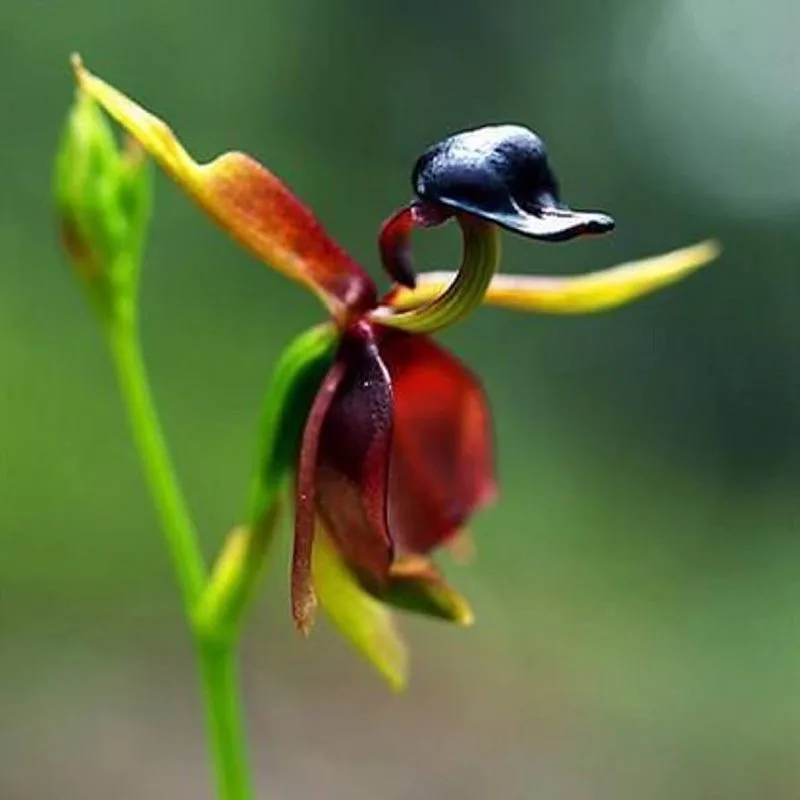
Australia is home to many wonders, yet the Flying Duck Orchid still manages to stand out. This tiny orchid resembles a duck in flight, with maroon petals forming wings and a beak. Its elusive nature makes it a prize for orchid hunters. Found primarily in the Australian wild, its survival depends on specific symbiotic relationships with local fungi. Those who encounter it often liken the experience to a rare glimpse of nature’s humor. The flower’s ability to mimic such a familiar shape is nothing short of botanical artistry.
Bird of Paradise (Strelitzia reginae)
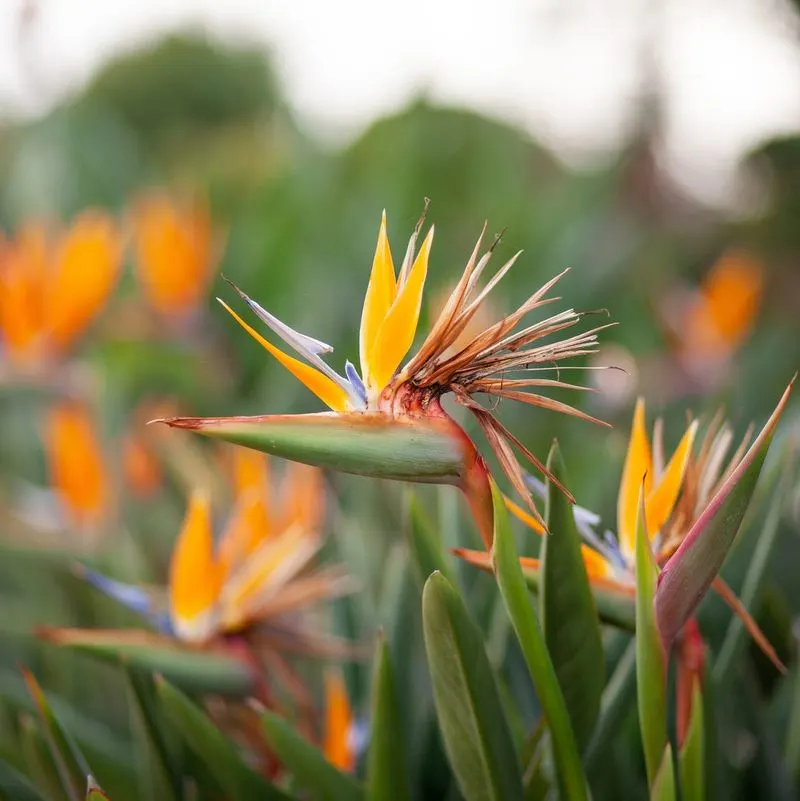
The Bird of Paradise is aptly named, with its dramatic petals resembling a bird in mid-flight. Its vibrant orange and blue colors create an exotic flair, making it a popular choice for ornamental gardens. Native to South Africa, it thrives in warmer climates. Besides its visual appeal, it serves as a conversation starter, often captivating garden visitors. The plant’s resilience adds to its allure, as it requires minimal care once established. Its unique shape and colors continue to fascinate, offering a touch of the tropics wherever it grows.
Swaddled Babies (Anguloa uniflora)
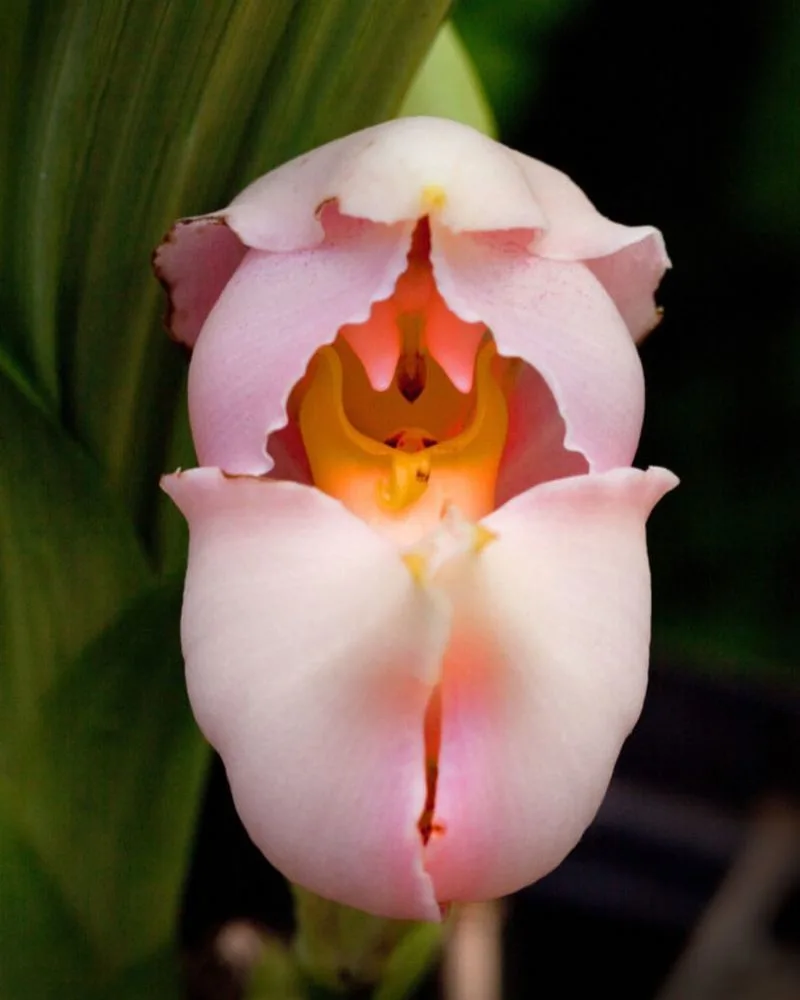
Swaddled Babies, a name that conjures warmth, perfectly describes this flower. The blooms look like infants wrapped snugly in blankets, an endearing sight for any gardener. Originating from the cloud forests of South America, they require specific humidity levels to thrive. Their appearance is both charming and whimsical, capturing the innocence of a newborn. Gardeners who cultivate these flowers often feel a sense of nurturing. Each blossom tells a story, inviting onlookers to appreciate its gentle beauty. It’s a reminder of nature’s ability to surprise and delight.
Bat Flower (Tacca chantrieri)
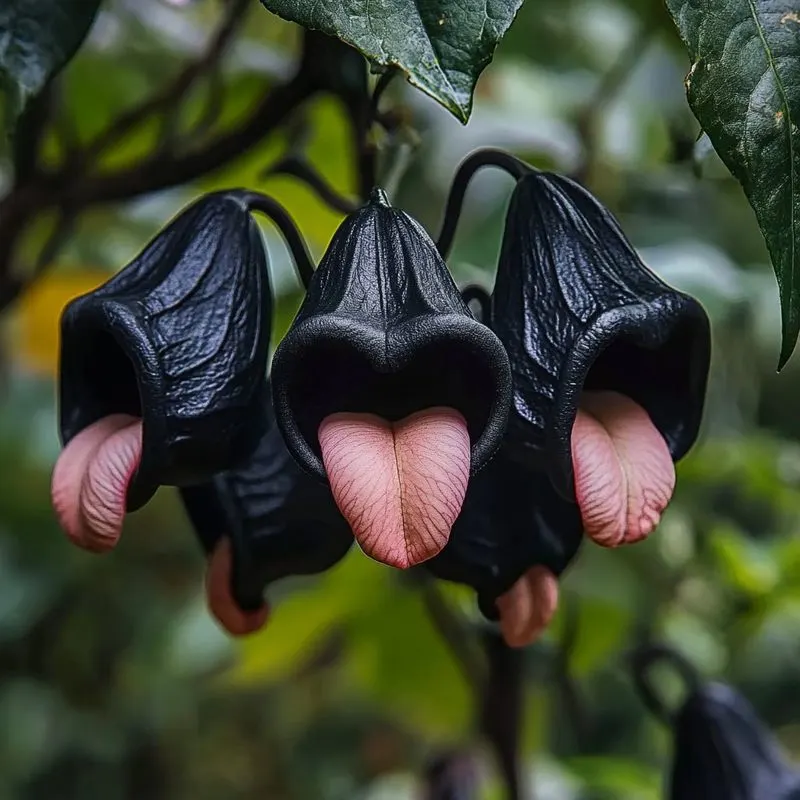
Among the more mysterious blooms, the Bat Flower intrigues with its dark, bat-like appearance. Large, wing-like petals and long whiskers create a silhouette reminiscent of a bat in flight. Native to Southeast Asia, it flourishes in shaded, humid environments. Its unique look makes it a favorite among collectors of unusual plants. Caring for this flower requires attention to its specific needs, but the reward is a captivating, eerie beauty. It often becomes the centerpiece of discussions, drawing in those curious about its unusual form.
Hummingbird Sage (Salvia spathacea)
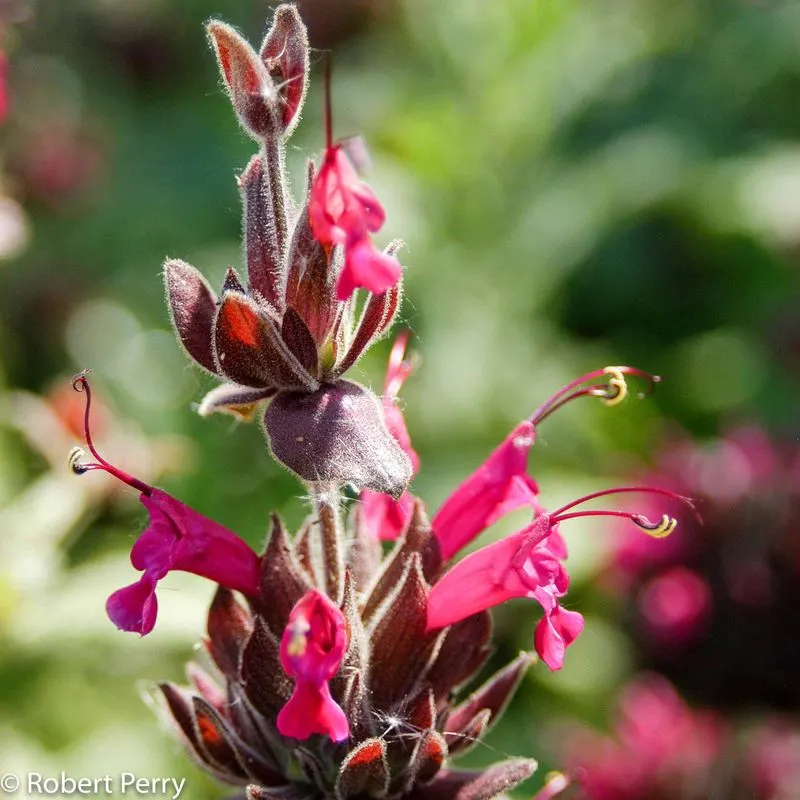
California’s chaparral is home to the Hummingbird Sage, a flower that seems to capture a hummingbird mid-hover. Its vibrant pinks and reds are a feast for the eyes, attracting both pollinators and admirers. Beyond its beauty, it’s valued for its aromatic foliage, often used in teas. This plant’s adaptability makes it a gardener’s favorite, flourishing in dry, sunny conditions. Seeing it sway in the breeze, one can’t help but appreciate its delicate balance of form and function. It’s a living testament to nature’s creativity and resourcefulness.

